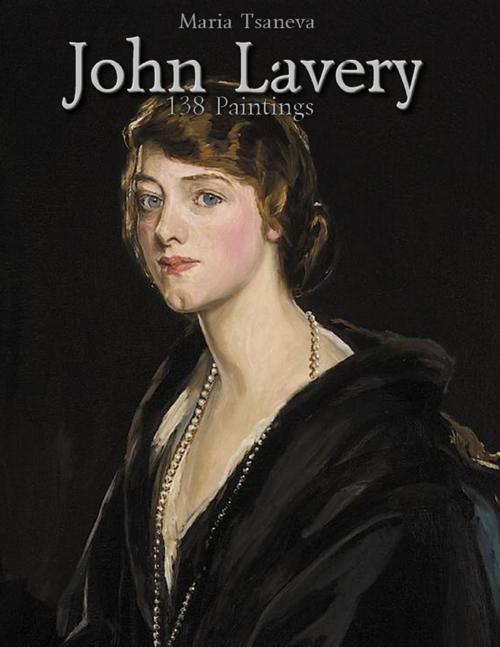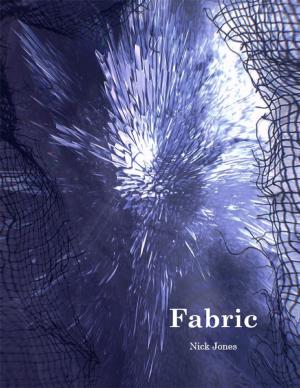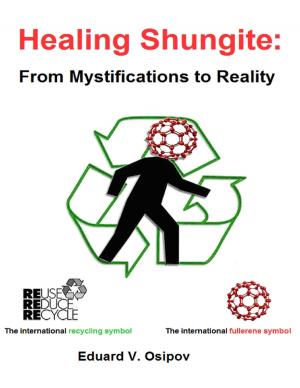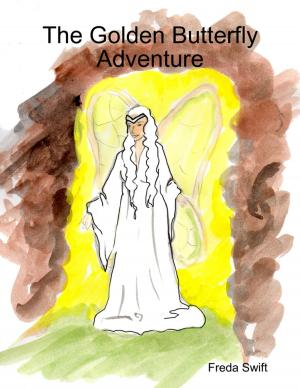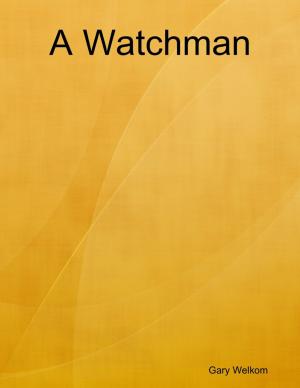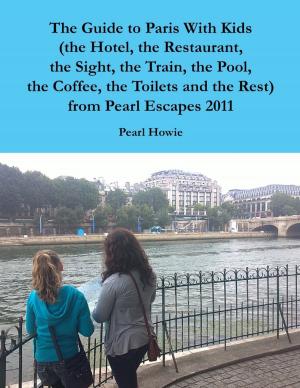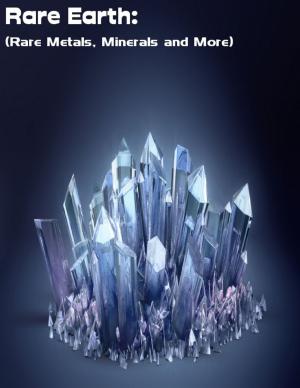| Author: | Maria Tsaneva | ISBN: | 9781312000360 |
| Publisher: | Lulu.com | Publication: | February 28, 2014 |
| Imprint: | Lulu.com | Language: | English |
| Author: | Maria Tsaneva |
| ISBN: | 9781312000360 |
| Publisher: | Lulu.com |
| Publication: | February 28, 2014 |
| Imprint: | Lulu.com |
| Language: | English |
Sir John Lavery was an Irish artist best known for his portraits of the rich and famous, caught in a mood of elegant relaxation. He exhibited at all the most important European salons and secessions. Lavery traveled widely between World War I and World War II, producing many ‘portrait interiors'. His conversation pieces showed famous contemporaries, such as George Moore and Ramsay MacDonald, at ease in their homes and, with his portraits, are of great historical interest. Lavery's work was favored in Paris, Rome and Berlin rather than in London. He exhibited at all the major European salons and secessions and in the early 20th century two of his paintings, Father and Daughter (1898) and Spring (1904), were acquired for the Louvre. After the war he was knighted and in 1921 he was elected to the Royal Academy. Lavery received honorary degrees from the University of Dublin and Queen's University of Belfast and was also made a free man of both Dublin and Belfast.
Sir John Lavery was an Irish artist best known for his portraits of the rich and famous, caught in a mood of elegant relaxation. He exhibited at all the most important European salons and secessions. Lavery traveled widely between World War I and World War II, producing many ‘portrait interiors'. His conversation pieces showed famous contemporaries, such as George Moore and Ramsay MacDonald, at ease in their homes and, with his portraits, are of great historical interest. Lavery's work was favored in Paris, Rome and Berlin rather than in London. He exhibited at all the major European salons and secessions and in the early 20th century two of his paintings, Father and Daughter (1898) and Spring (1904), were acquired for the Louvre. After the war he was knighted and in 1921 he was elected to the Royal Academy. Lavery received honorary degrees from the University of Dublin and Queen's University of Belfast and was also made a free man of both Dublin and Belfast.
